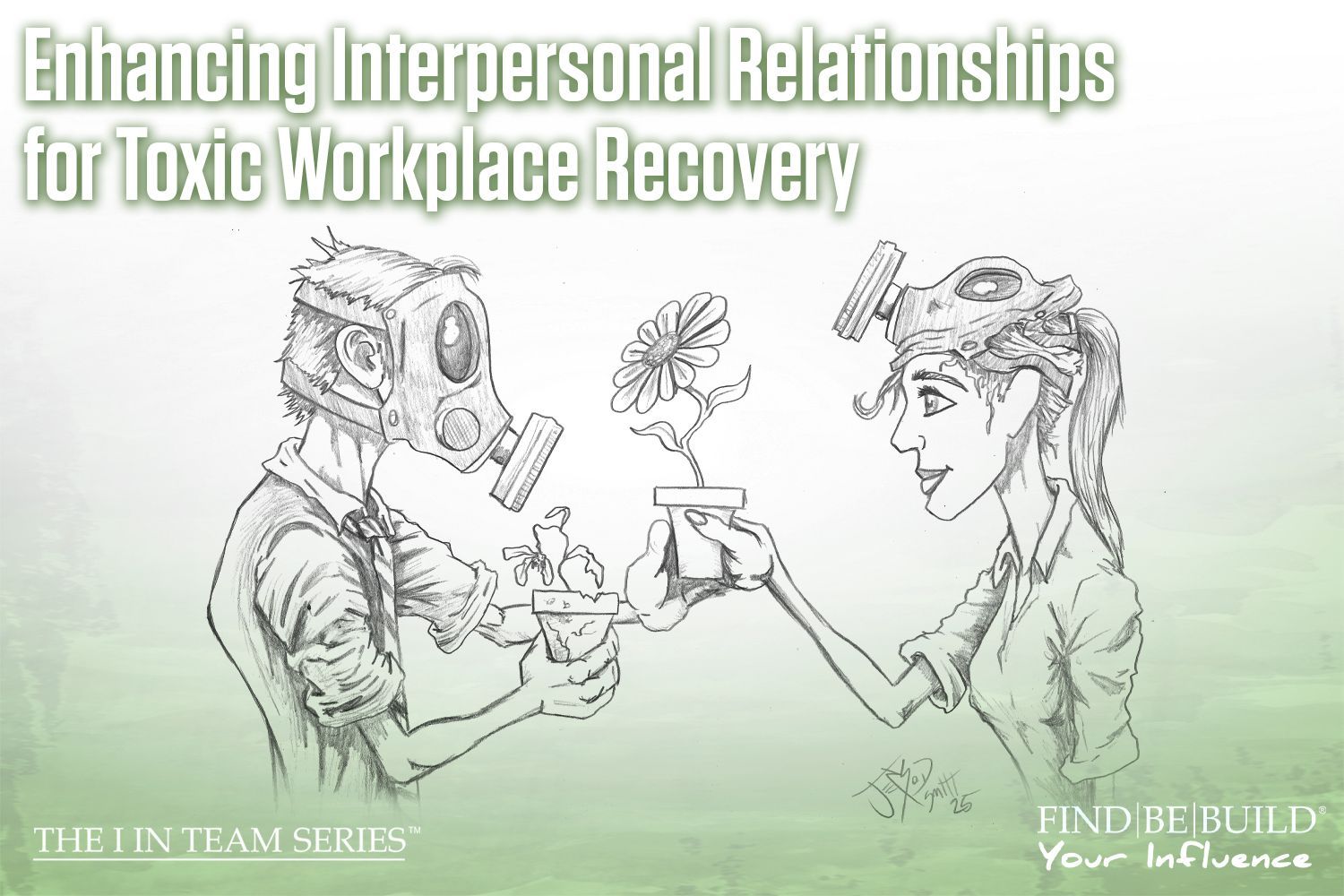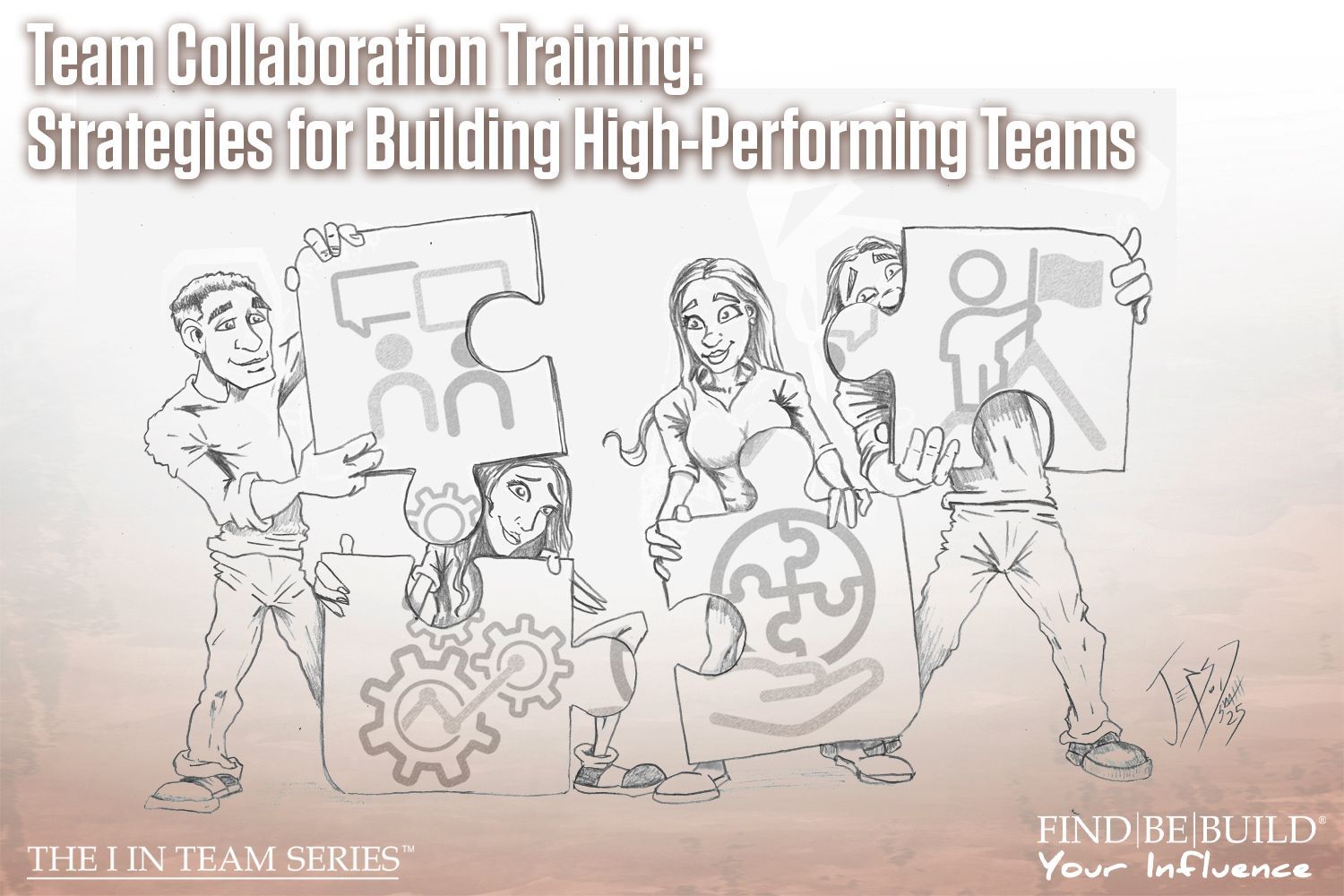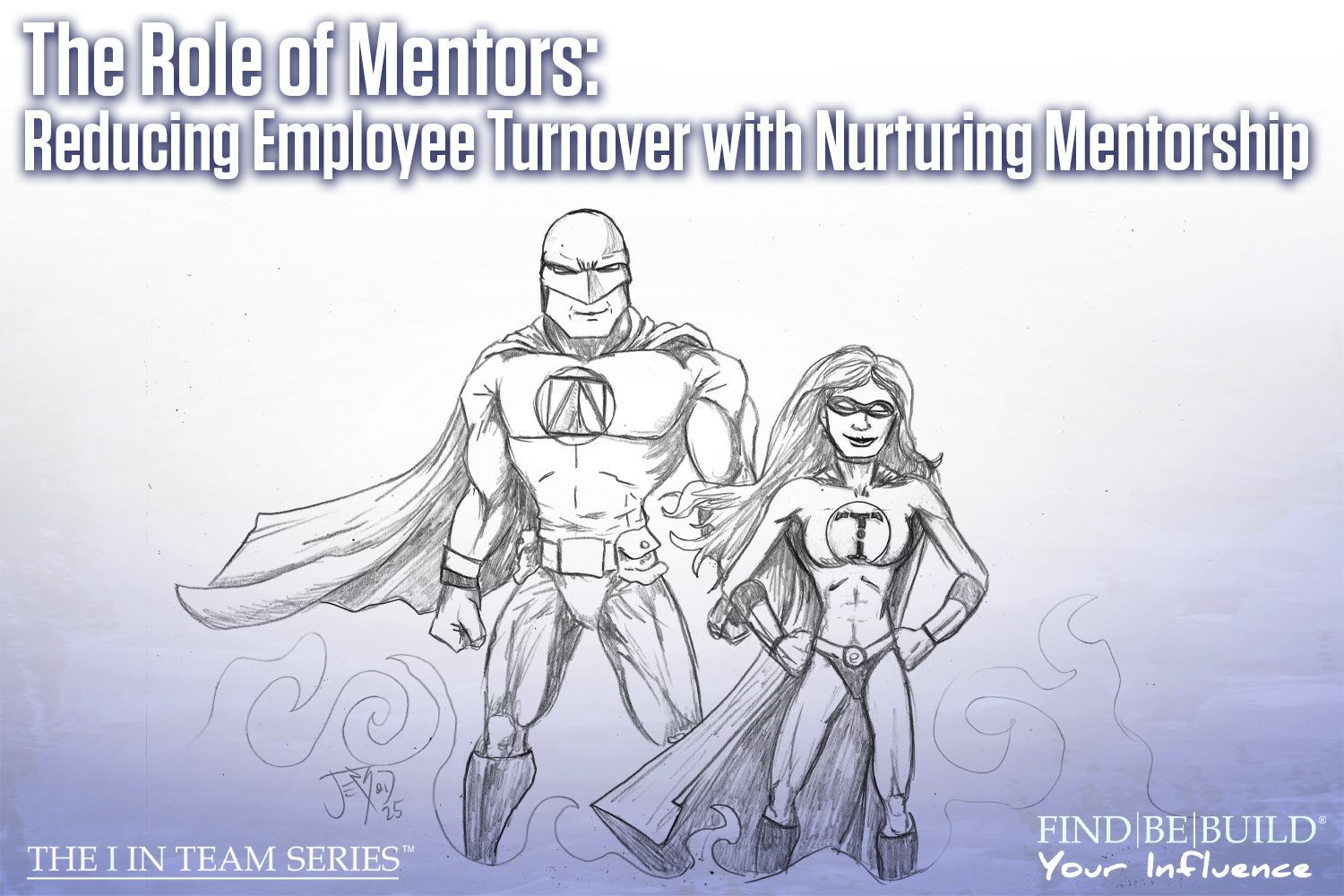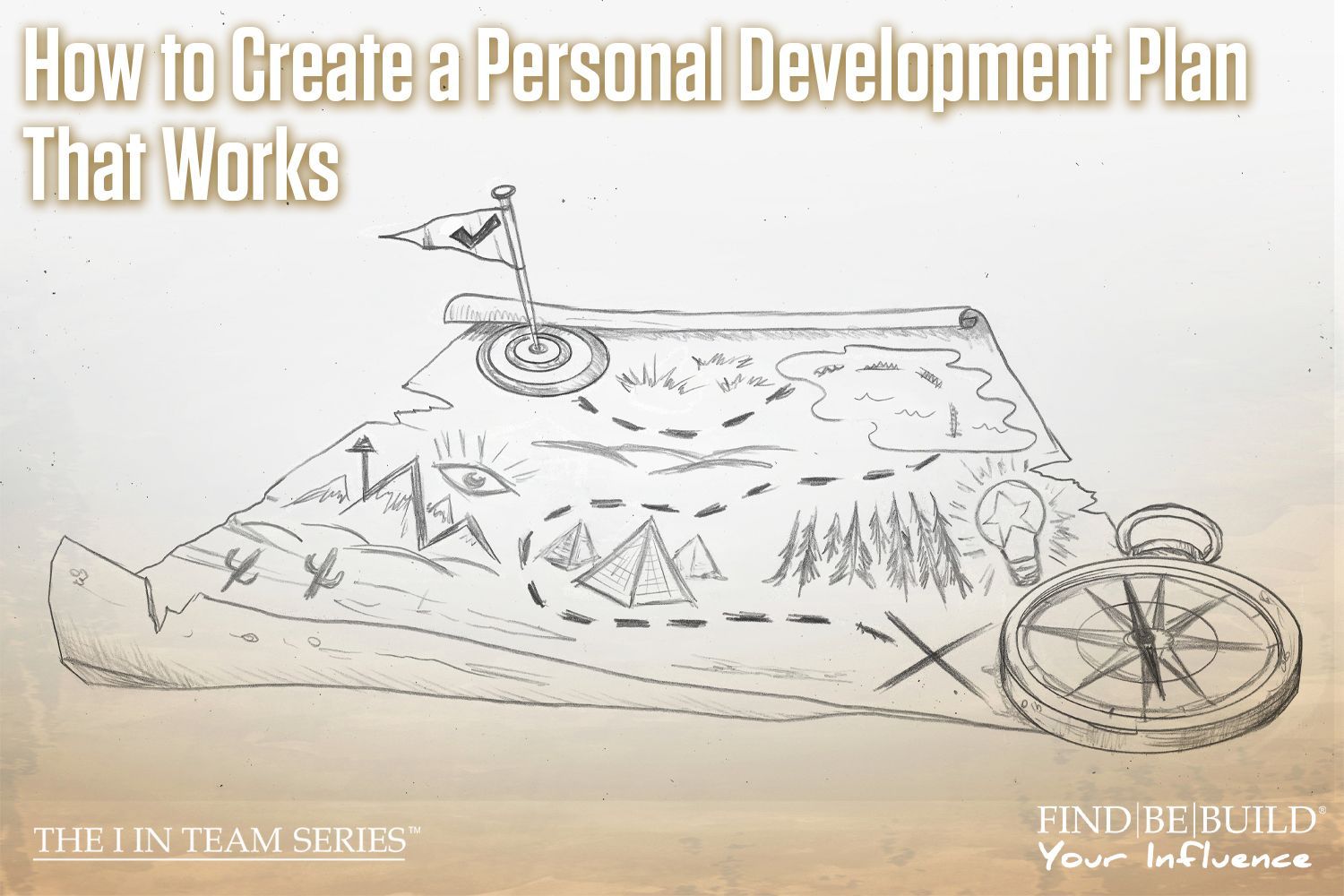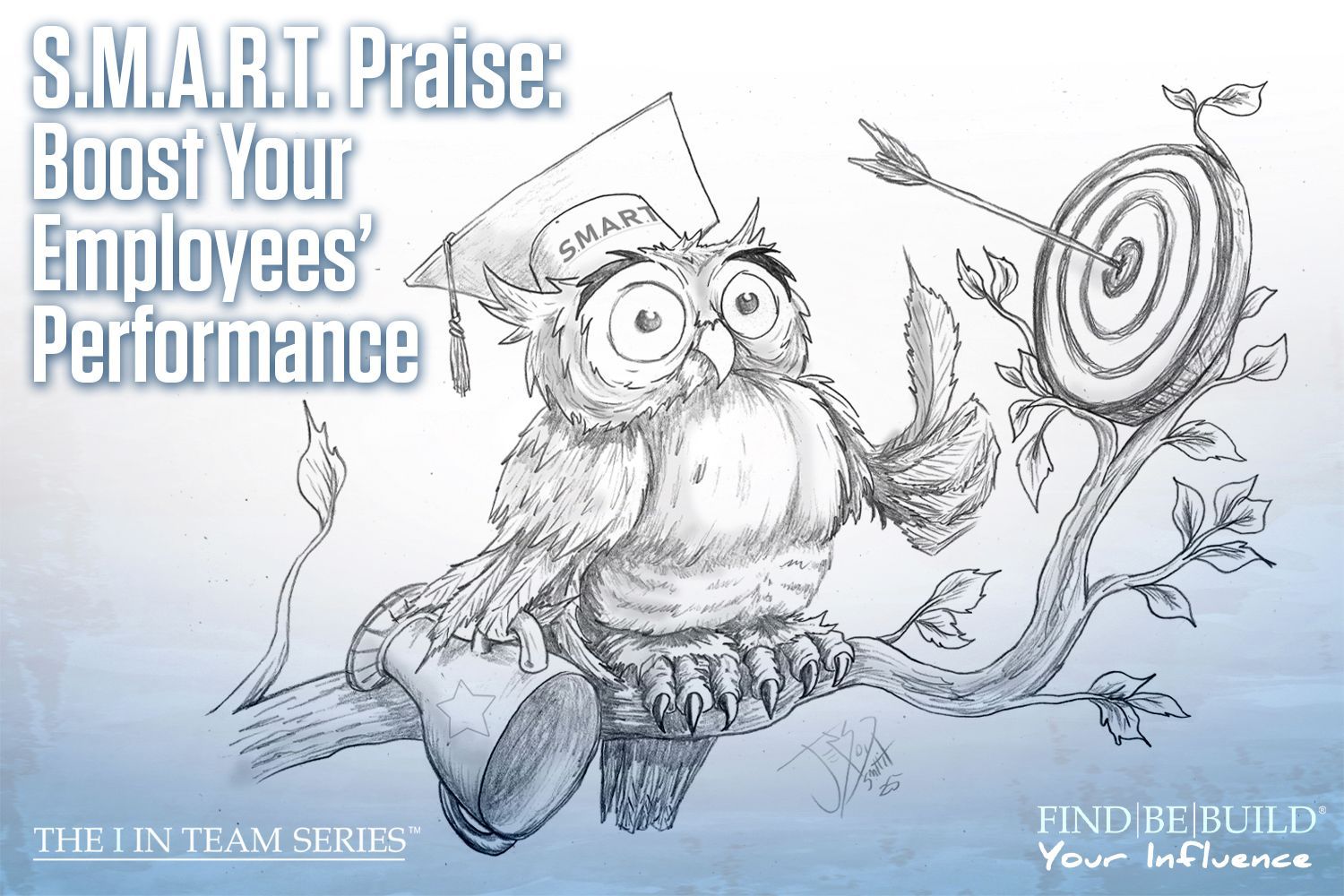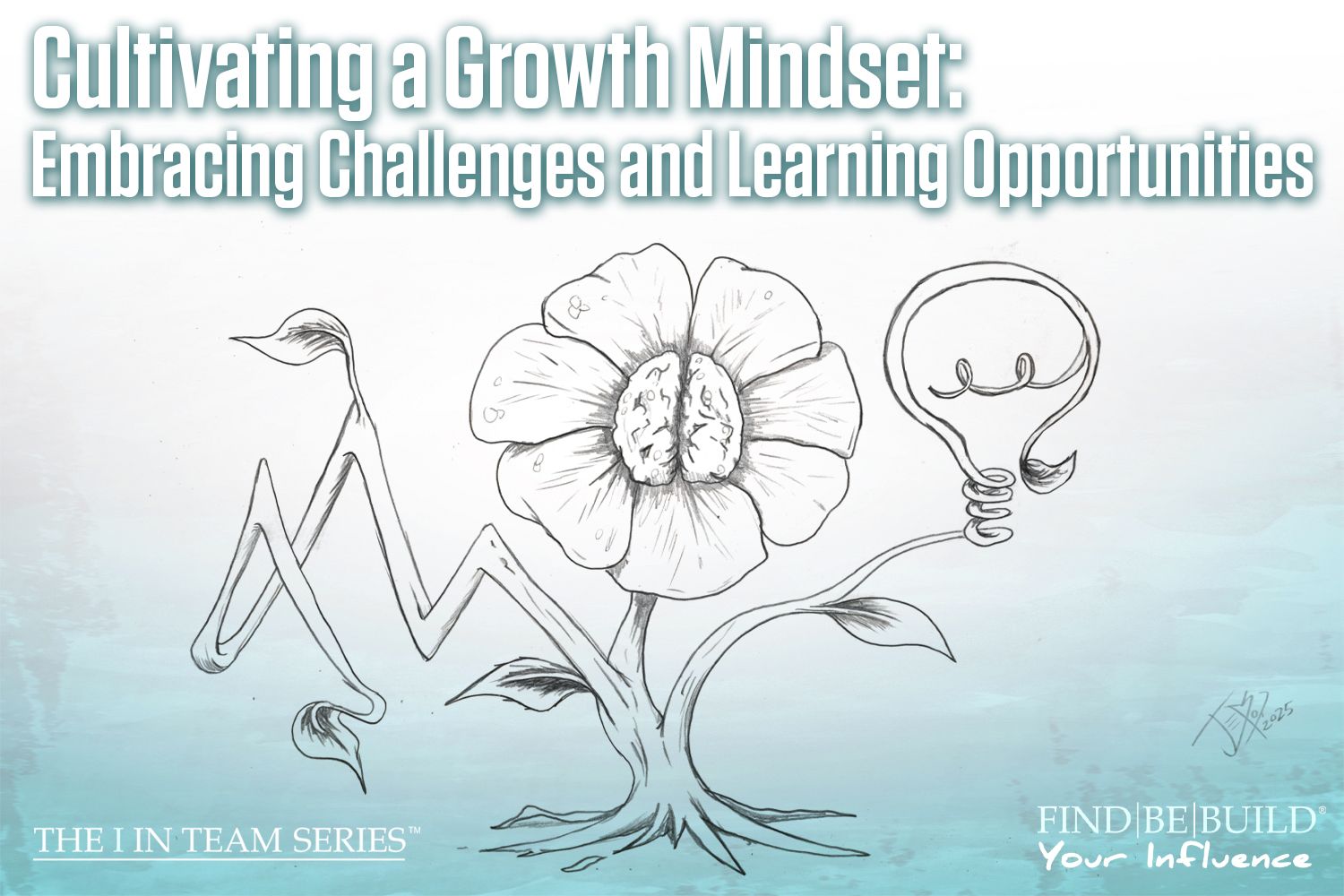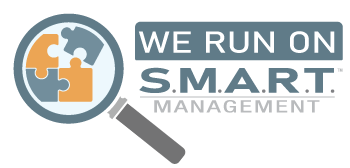7 Misconceptions About Cash Flow Management

Howdy, team! It’s Mary here with the I in Team series, excited to help you Find, Be, and Build your positive influence. Cash flow management (CFM) is an essential aspect of creating and running a successful organization. We can liken this to the flow of blood in a body; without CFM, a business will become lifeless. Keeping the business healthy means understanding what money flows in and out of where, tracking expenses, and projecting what may happen in the future based on past trends. It seems easy on paper, but many leaders struggle to properly understand and manage their organization’s cash flow.
If you’re grappling with healthy cash flow in your organization, perhaps learning about these 7 misconceptions will help you.
1. There’s Nothing to Worry About if I Can Pay My Bills
If you’ve been leading an organization without any cash flow management or forecasting and haven’t run into any issues, you are an anomaly. I promise it won’t be smooth sailing forever. Just because you can pay your bills doesn’t mean you can neglect understanding profits and expenses. As a leader, you must manage your accounts payable and strengthen your financial reporting.
2. Revenue Growth Solves My Cash Flow Problems
If you improve your accounts receivable, that’s wonderful, but it doesn’t solve cash flow problems. More sales do not mean healthier cash flow. For example, if your customers delay their payments or if your organization’s growth requires spending money before the cash comes in, there will be cash shortages.
3. Forecasting is Only for Large Organizations
Forecasting is the most essential aspect of cash flow management. However, it lands at #3 because it aligns heavily with misconceptions #1 and #2. Being S.M.A.R.T. about your accounts payable and accounts receivable begins your financial forecasting journey. Understanding how the business’s financial state might look in a quarter, a year, or five years can mean the difference between staying in business and shutting down.
4. A Positive Bank Account Balance Means I am Safe
Money can move very quickly. Having a positive balance today doesn’t guarantee success tomorrow. Keep in mind that you have recurring expenses that will quickly drain your account, such as payroll, taxes, and supplier payments. Not to mention having an extra cushion to support an emergency. Without proper CFM, tomorrow’s emergency cushion can be easily drained today.
5. Profit = Cash Flow
Many leaders incorrectly assume that if their company is profitable, then it must have a positive cash flow. Utilizing an accounting system can easily show that this is a false reality. Profit is accounting-based, while cash flow is all about timing. Tracking this information is crucial to developing a S.M.A.R.T. cash flow management system.
If accounting isn’t your forte, reach out to IA Business Advisors to discuss our fractional CFO or accounting services. This is often the most feasible option for leaders who can’t afford a full accounting team or who don’t understand how to use proper accounting tools.
6. A Loan Will Fix My Problems
Borrowing money will certainly help temporarily, but relying on a loan without properly understanding your current cash flow is a guaranteed recipe for disaster. You need to address your underlying cash-flow issues, like slow collections, poor forecasting, and overexpansion. A loan can create bigger and more long-term problems if not taken with precaution and understanding.
7. Poor Cash Flow Management Only Hurts the “Boss”
Poor cash flow management hurts everyone on your team! If you can’t pay your employees or vendors, you erode trust and potentially sever relationships. Losing more money is also a possibility due to lawsuits or increased APR. Plus, even if you have enough money to pay all your accounts payable minus yourself, you still go home without a paycheck. Poor CFM hurts everyone.
The Power of Cash Flow Management
With proper cash flow management, it’s easy to avoid cash shortages and operational disruptions. This contributes to a positive company culture by fostering trust and security. Your organization can wade through times of uncertainty with ease because financial stability is a breeze with proper CFM. Supporting long-term efforts and growth is a plausible reality when you understand where your money is going and how often it is coming in.
Keep in mind that cash flow management isn’t static—it requires ongoing monitoring. If you are still feeling lost or don’t want to deal with this aspect of your business, IA Business Advisors has been helping organizations just like yours with fractional accounting services for nearly 30 years. Contact us today to get your business on the right track.
